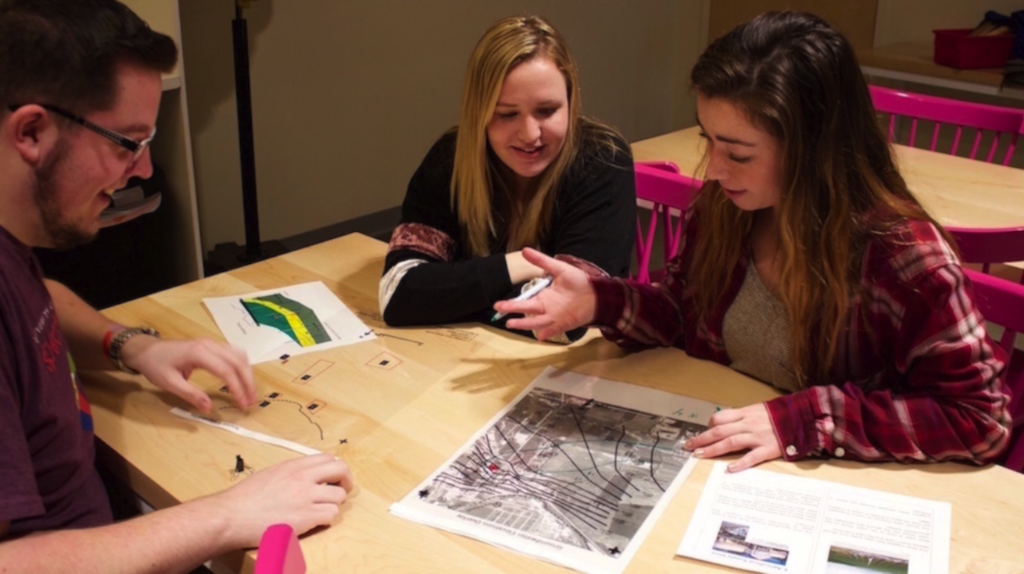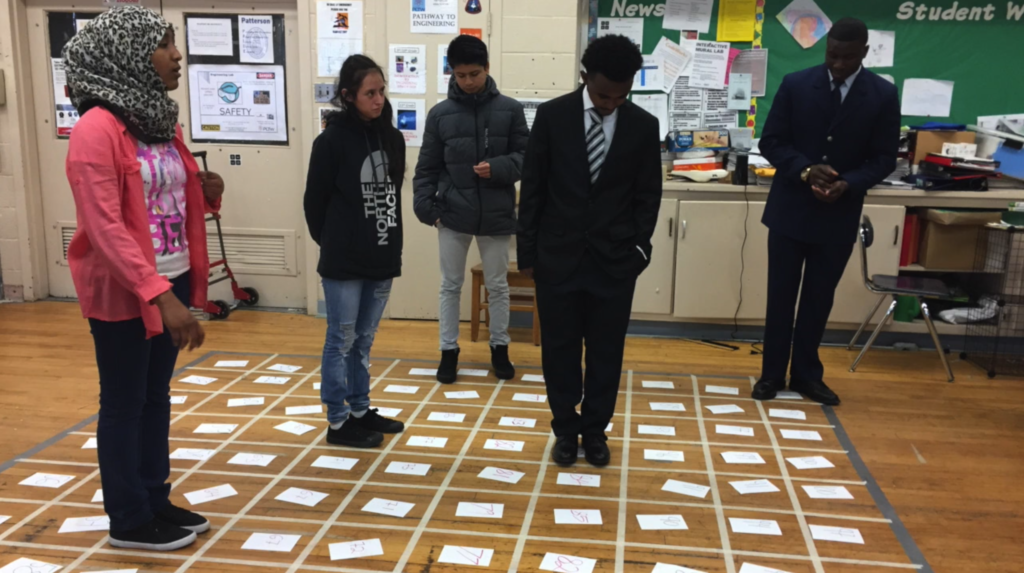
Comp Hydro – engaging students in using computational thinking

In a world where computer models and large datasets are increasingly used to make sense of complex water problems facing communities, it is important to incorporate environmental literacy into high school curricula. Natural Resource Ecology Laboratory principal investigators John C. Moore and Randall Boone, along with 4 other scientists from various institutions across the country are part of an NSF STEM-C initiative for K-12 on modeling hydrologic processes called “Comp Hydro.” Additionally, resident scientist Amanda Morrison is in charge of module development and education research, Tim Covino provides expertise in hydrology, and web and data administration is managed by Greg Newman and Russell Scarpino. This program integrates teaching and learning of key ideas and practices of place-based environmental science with computational and quantitative science in authentic, innovative and effective ways.

Within this program, there are four curriculum units, each contextualized within a water problem of concern to the local community. In each unit, students use physical models to understand principles of water flow through watersheds or aquifers. Students interpret maps of these systems, making connections between three-dimensional models and two-dimensional representations. Throughout each unit, students use specially-designed Net Logo models to learn computational thinking practices such as defining systems, identifying parameters, and discretizing time and space. Lessons that put students in a physical simulation of the discretized space of the computer model help them to “think like a computer” to simulate how computers model water pathways. Students then interpret representations of contamination plumes or runoff and model potential solutions to problems.
The overarching goal is for students to use hydrologic concepts to interpret complex representations of data and use computational thinking to analyze and critique representations and models. In the long term, the principal investigators hope that students will then be able to use these practices to participate in community problem-solving around the water issues that affect them most.
To learn more about Comp Hydro, click here to check out the video showcase for this project!